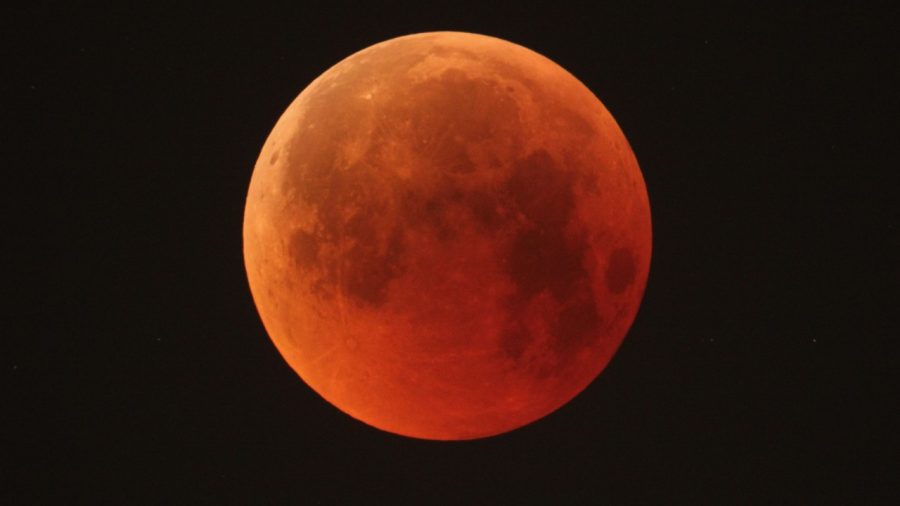If you glanced towards the night sky on November 8th, 2022, you might have seen The Beaver Blood Moon, a moon entirely immersed in red in the pitch black sky. Scientifically known as a total lunar eclipse, this is normally an annual occurrence. Despite this being a common event, the next total lunar eclipse will not occur for another three years!
The only locations on Earth that this phenomenal view is available to its fullest extent is almost all of North and Central America, the Pacific, Asia, Australia, and New Zealand. Other areas that the celestial event can be viewed but not in its entirety are parts of Northern and Eastern Europe and most of South America.
Lunar eclipses occur when Earth positions itself between the sun and the moon, casting a shadow across the lunar surface. The difference between a partial and total lunar eclipse is the path of the moon, in which the moon will pass through the Earth’s umbral shadow either entirely in a total eclipse, or partially pass through the umbral shadow. So in this case, the moon passed entirely in the Earth’s umbral shadow offering an eerie but outstanding sight!
Another important feature of this year’s lunar eclipse, was that the event occurred during a full moon period, so that the glowing red moon was illuminated to its full potential. So if you didn’t get the chance to view the Blood Moon this year, make sure to keep your eyes open for the next celestial event such as the Leonids Meteor Shower, which peaks on November 17-18 and only occurs every 33 years!








